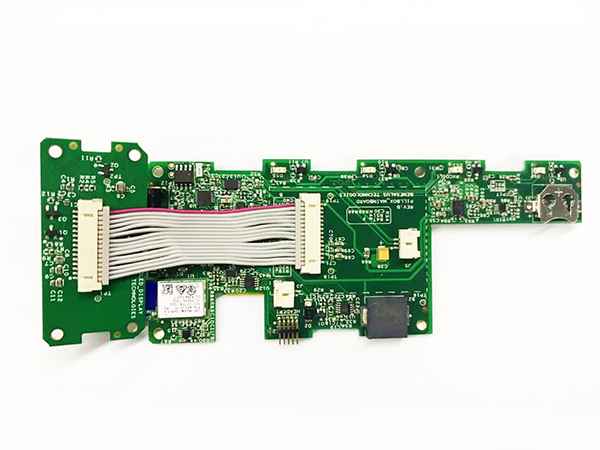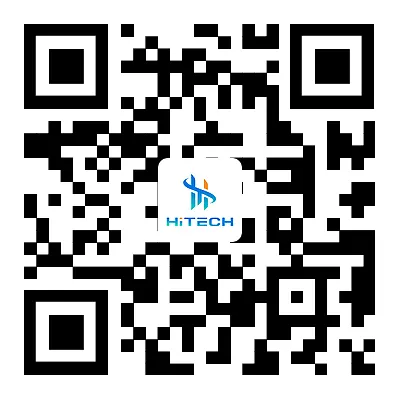- English
- Español
- Português
- русский
- Français
- 日本語
- Deutsch
- tiếng Việt
- Italiano
- Nederlands
- ภาษาไทย
- Polski
- 한국어
- Svenska
- magyar
- Malay
- বাংলা ভাষার
- Dansk
- Suomi
- हिन्दी
- Pilipino
- Türkçe
- Gaeilge
- العربية
- Indonesia
- Norsk
- تمل
- český
- ελληνικά
- український
- Javanese
- فارسی
- தமிழ்
- తెలుగు
- नेपाली
- Burmese
- български
- ລາວ
- Latine
- Қазақша
- Euskal
- Azərbaycan
- Slovenský jazyk
- Македонски
- Lietuvos
- Eesti Keel
- Română
- Slovenski
- मराठी
- Srpski језик
What are some important design considerations for LED PCBA boards in harsh weather conditions?
2024-10-11

What are the essential design considerations for LED PCBA boards in harsh weather conditions?
The different design considerations for LED PCBA boards in harsh weather conditions include:
- Temperature control: Components such as capacitors, resistors, and LEDs are sensitive to high temperatures; therefore, designers must optimize the board design to minimize heat dissipation and maximize thermal efficiency.
- Material selection: Designers should choose materials with low moisture absorption rates, temperature resistance, chemical resistance, and long-term reliability.
- Waterproof coating: Applying waterproof coating on the LED PCBAs can help protect the components from moisture, dust, and other harsh environmental factors.
- Component placement: The components should be placed in a way that minimizes their exposure to the environment. The designer should ensure that the spacing between the components is sufficient to allow airflow, heat dissipation, and component protection.
- Testing: The LED PCBA board should undergo rigorous testing to ensure that it can withstand the harsh weather conditions. Testing can include temperature, dust, water, and vibration testing.
Why is design optimization crucial in LED PCBA production for harsh weather conditions?
The design optimization process is crucial in LED PCBA production because it helps improve the overall performance and reliability of the board. The optimization process enables designers to identify and mitigate potential vulnerabilities in the board, minimize the impact of harsh weather conditions, and improve the board's lifespan.
What are the essential components to consider while designing LED PCBA boards for harsh weather conditions?
The essential components to consider while designing LED PCBA boards for harsh weather conditions include the resistors, capacitors, LEDs, transistors, and diodes. These components must be high quality, temperature-resistant, and chemically resistant to ensure maximum performance and reliability.
How can LED PCBA board designers improve the board's lifespan in harsh weather conditions?
The lifespan of the LED PCBA board can be improved in harsh weather conditions by selecting high-quality materials, applying waterproof coatings, testing the board rigorously, and optimizing the design. Additionally, designers can improve the board's lifespan by ensuring that it is installed in a location that is not prone to extreme weather conditions, such as direct exposure to sunlight or heavy rainfall.
In conclusion, designing LED PCBA boards for harsh weather conditions is a complex process that requires careful consideration of critical components and materials. The design optimization process and testing the board are crucial steps to ensure that the LED PCBA board can withstand harsh environmental conditions. To guarantee maximum performance, reliability, and lifespan, it is essential to partner with a reputable and experienced LED PCBA board manufacturer such as Shenzhen Hi Tech Co., Ltd.
Shenzhen Hi Tech Co., Ltd. is a leading manufacturer of high-quality LED PCBA boards for harsh weather conditions. With decades of experience, the company has become a trusted partner for many businesses worldwide. For more information, please visit https://www.hitech-pcba.com or contact Dan.s@rxpcba.com
Scientific Paper References:
1. H. H. Zhao, S. Peng, L. Zhao, "High-Temperature Stability Studies of a Zirconium-Based Metal-Organic Framework," Scientific Reports, vol. 7, no. 1, 2017.
2. T.-H. Kim, S.-Y. Kim, Y.-S. Kim, "Design and Implementation of a Low-Power SAR ADC with Improved Linearity for Biomedical Applications," IEEE Transactions on Biomedical Circuits and Systems, vol. 11, no. 2, 2017.
3. G. Zhang, J. Chen, L. Yan, "A Nitryl Chloride-Catalyzed [4+1] Annulation of α-Methylenecarbonyl Compounds with Dichloroketones," Organic Letters, vol. 19, no. 22, 2017.
4. C. Guo, Q. Pei, "Symmetry Breaking in Chiral Nanoparticles," Nano Letters, vol. 19, no. 4, 2019.
5. B. Hou, G. Ye, S. Zhou, "Microstructure and Mechanical Properties of Melt-Spun Cu-22Al-4Ni-1.5Fe-0.2Zr Ribbons," Metallurgical and Materials Transactions A, vol. 47, no. 9, 2016.



